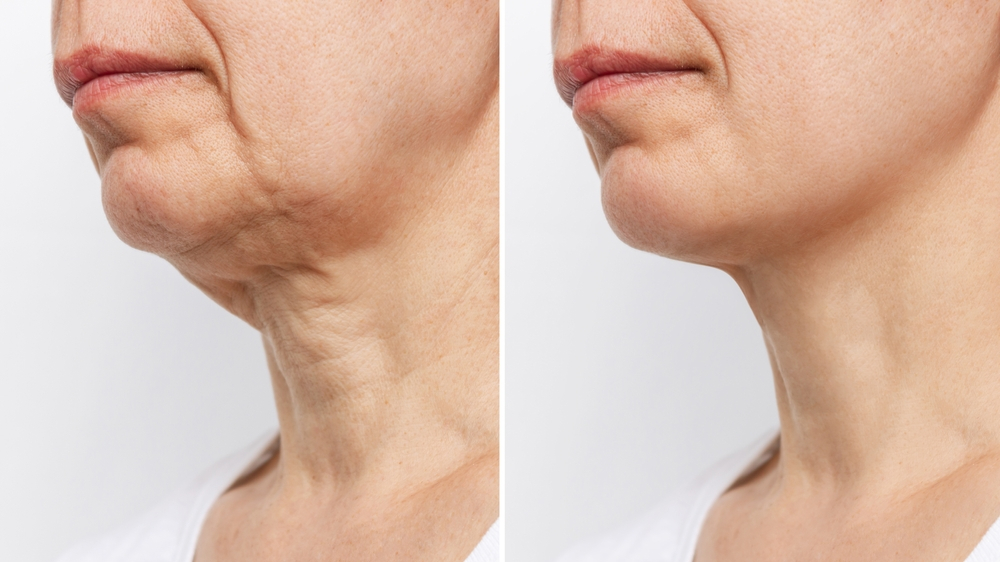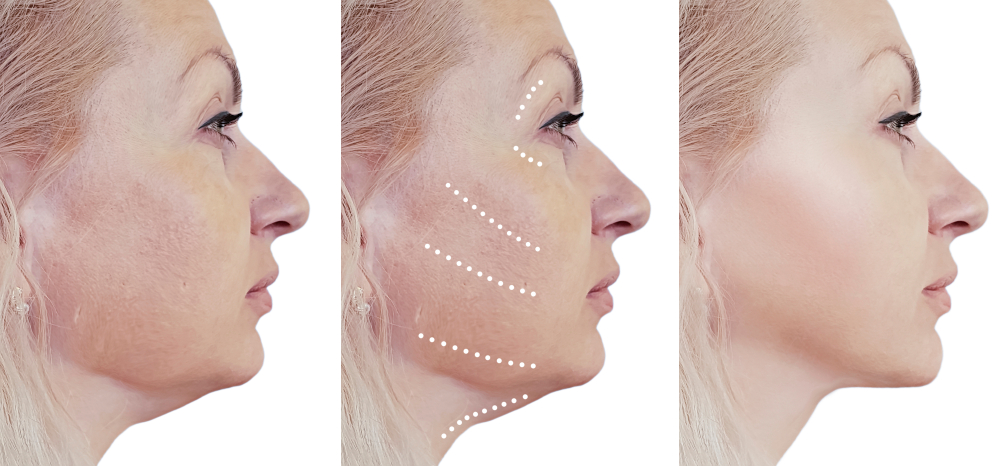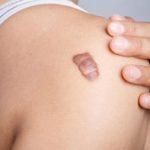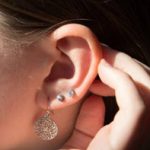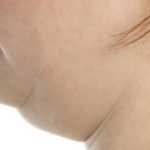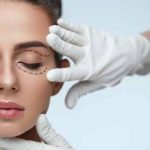What to know about neck lift surgery
A neck lift is a cosmetic procedure that removes excess skin and fat around the jaw line, creating a more defined and youthful-looking neck. Results can be long lasting. But neck lift surgery can’t stop the aging process. Neck lifts also are known as neck rejuvenations.
 What neck lift surgery can treat
What neck lift surgery can treat
- Excess fat and skin relaxation in the lower face that creates jowls
- Excess fatty deposits under the chin
- Loose neck skin
- Muscle banding in the neck, which created abnormal contours
The loss of youthful contours in the face and neck can be due to a variety of factors, including heredity, gravity, environmental conditions and stress.
Some people feel they are not ready for a full facelift because the upper face is still pleasing. However, many patients will note excess wrinkling of the neck skin, a double chin or “turkey wattle” and jowl lines.
When the neck area doesn’t match the upper facial appearance, a neck lift may be a good solution.
Rejuvenation procedures that can be performed in conjunction with a neck lift are: a brow lift, to correct a sagging or deeply furrowed brow, fat transfer, to add fullness to the lips and cheeks and reduce the appearance of wrinkles, or eyelid surgery, to rejuvenate aging eyes.
What neck lift surgery can’t do
As a restorative surgery, a neck lift does not change your fundamental appearance and cannot stop the aging process.
A neck lift can only be performed surgically; nonsurgical rejuvenation treatments cannot achieve the same results, but may help delay the time at which a neck lift becomes appropriate and complement the results of surgery.
Risks
Risks involved with neck lift surgery might include:
- Bleeding under the skin, called a hematoma.
- Scarring.
- Infection.
- Nerve injury.
- Skin loss.
- Open wounds.
- Reaction to anesthetic.
Another possible risk of neck lift surgery is that you might not be happy with the results. In that situation, another surgery might be an option.
How you prepare
Food and medications
You need to stop taking aspirin or other blood-thinning medications several days before surgery. These can include warfarin (Jantoven), heparin and other medications such as ibuprofen (Advil, Motrin IB, others).
Other precautions
Smoking tobacco promotes wrinkling of the skin and slows recovery and healing. Your health care provider likely will ask you to quit smoking before having a neck lift.
Arrange for a ride home after surgery and for someone to stay with you the first night after the procedure.
What you can expect
Before the procedure
Before you have a neck lift, your health care provider talks with you to evaluate your health and discuss surgical goals and expectations. Your provider then decides on the surgical method that works best for you. You may discuss additional procedures — such as a brow lift, eyelid surgery or skin resurfacing — to give you the results you want.
Your face will be examined and measured. Photographs may be taken so that you can compare your appearance before and after surgery.
During the procedure
A neck lift is most often done under general anesthesia. You’ll be in a sleep-like state. It also may be done with sedation and local anesthesia, in which only part of your body feels numb.
There are several methods that can be used. The method used depends on your anatomy, your skin’s flexibility and your goals. Liposuction is the least invasive option. People who typically have success with liposuction are young with flexible skin and some pockets of fat under the neck.
In liposuction, the surgeon makes a tiny incision behind each ear and under the chin. Specialized equipment suctions fat from the jaw line and beneath the chin. If the skin is resilient and you want to reduce the fullness of your jaw line due to fat, liposuction can give you a more defined neck. Liposuction, however, won’t correct structural problems that contribute to your neck’s appearance.
In another type of procedure, called an anterior neck lift, the surgeon makes a small incision under the chin. The incision makes it possible to view the tissues that shape the neck. The skin then is put back over these tissues in a way that looks more pleasing.
The third kind of procedure is called an extended neck lift. This is combined with a face-lift. Usually, an extended neck lift involves an incision under the chin and one in front of the ear and along the hairline. These incisions let the surgeon work on the deep structural tissues of the neck and lower face. Excess skin also can be removed.
Finally, an option for someone with a large amount of excess skin is direct removal of the excess skin, a procedure called Z-plasty. This method usually works well for older people.
Your provider discusses with you the type of surgery that is best for your situation. The type of surgery depends on several factors, including your desired outcome, the cost and the cause of your dissatisfaction with your neck.
After the procedure
After a neck lift, you’ll likely have swelling and bruising.
You might need to wear a special garment that compresses the neck and helps reduce swelling. You need to keep your head elevated above the heart and to keep it straight. Don’t twist or bend your neck.
What’s the difference between a facelift and a neck lift?
A facelift restores a youthful appearance to the upper portion of your face. Facelifts often include components of a neck lift.
Neck lift surgery is a less invasive option. It focuses on the area below your chin and above your collarbone.
Here’s what to expect during platysmaplasty:
- You’ll receive medication to help you stay comfortable during the procedure. This may include general anesthesia, which puts you to sleep and blocks sensation. Or you might have intravenous (IV) sedation, which you receive through a needle in your arm.
- Your surgeon will make an incision near your sideburn and around your ear, as well as under your chin. In some cases, it’s only around your ear.
- They’ll remove fat, reposition tissue under your neck and tighten your platysma muscle. They’ll also trim away excess skin.
- Before completing the procedure, they’ll use stitches (sutures) or special skin adhesive to close the incision.

